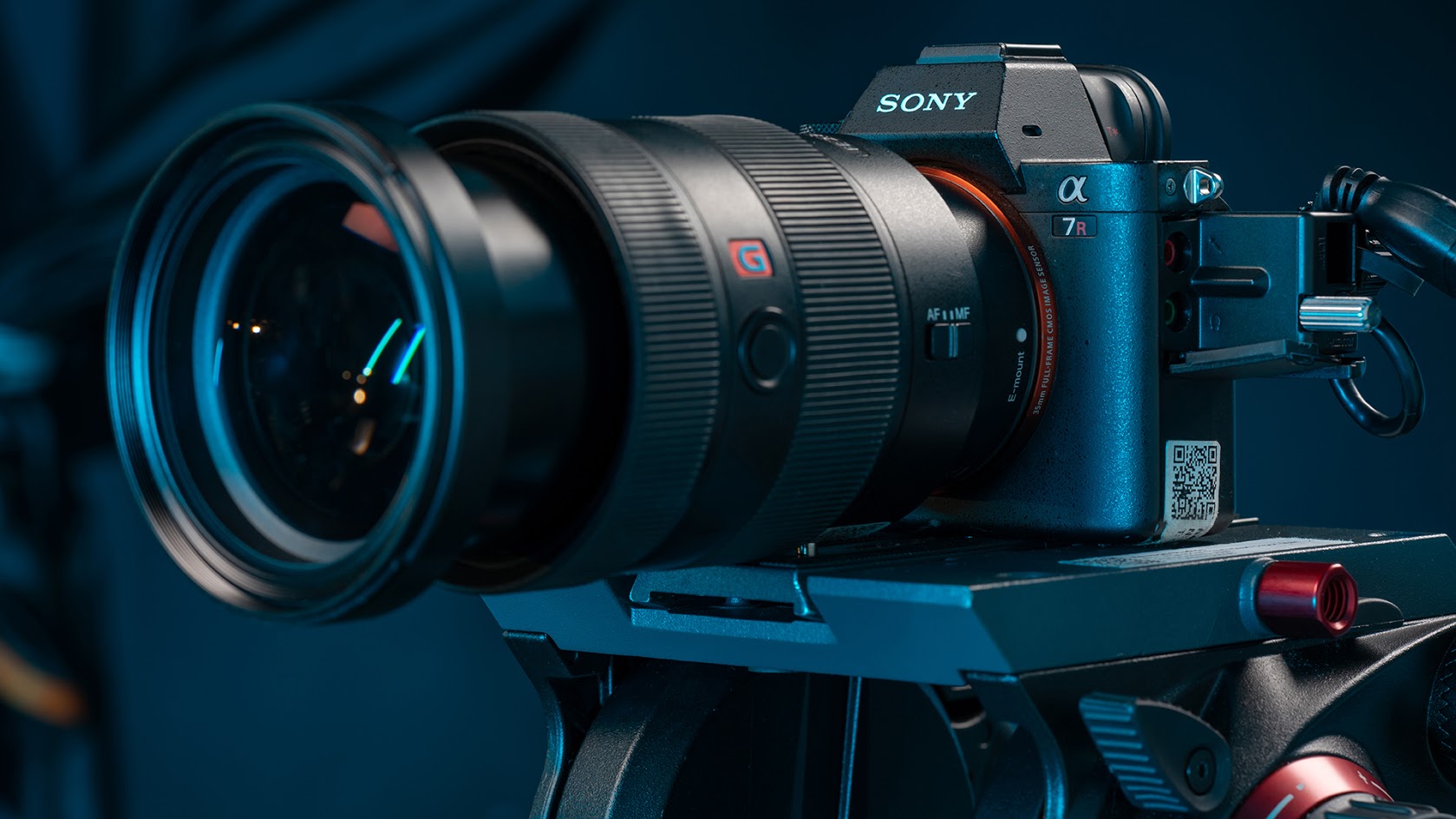
Last year was a banner year for camera releases, and 2019 promises to be even more exciting. There are many great cameras on the market, but which one is right for you? This guide aims to help beginner or intermediate photographers pick the right camera for their needs.
In this article, we’ll be focusing on prosumer (a category between consumer and professional grade) and professional-level interchangeable lens cameras. These are the sorts of cameras you generally see in the hands of higher level photography enthusiasts and working professionals.
Prices and availability of products discussed were accurate at time of publication, but are subject to change.
Why Buy A Professional Camera?
You’ve got a great camera in your pocket right now, built into your phone. Why do you need a separate, bulky camera with lenses, memory cards, and batteries?
A bigger, better sensor. Modern digital cameras have much larger sensors than your smartphone. Large sensors provide better performance and better image quality, especially in low light, fast action, and other challenging situations. They also provide a much wider dynamic range than your phone, which means that more of the highlights and shadows of your image are recoverable in post-production.
More control. Prosumer and professional cameras provide easy access to vital controls like aperture, ISO, and shutter speed, allowing you to fully control your shot. Once you get used to having this control, you’ll never want to go back.
Professional work. You can’t show up to a professional shoot with your phone (yet). If you want to start charging money for your photography, you need the control and image quality that a professional camera provides. That being said, you can still practice your composition skills with your phone, and I strongly suggest you do so!
Camera History
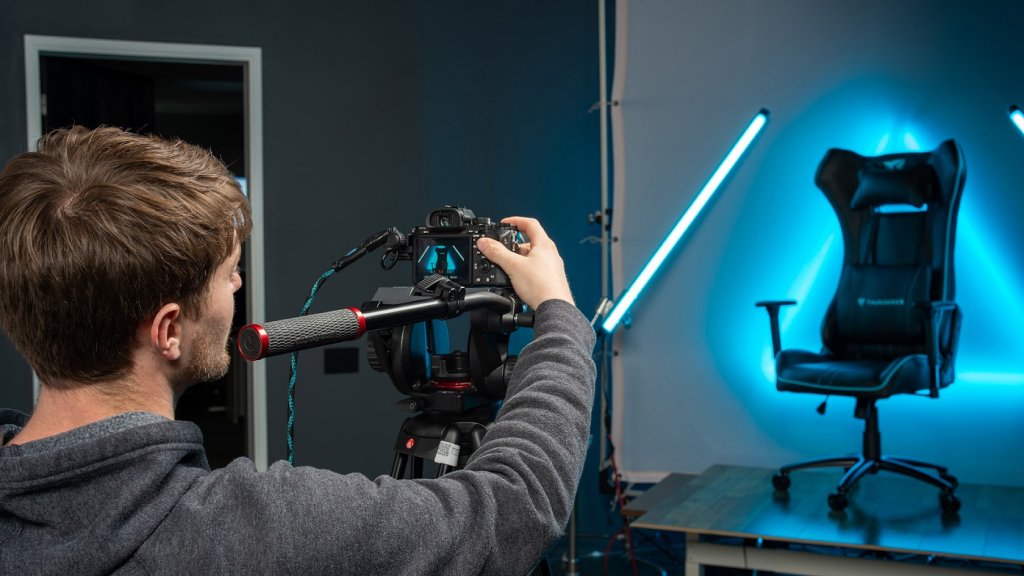
The higher end camera market has long been dominated by the single lens reflex, or SLR, design. In the early 2000s, digital began to replace film as the dominant imaging technology, but the reflex technology remained basically the same (hence the term “DSLR” – digital single lens reflex). Now, the DSLR cameras are being eclipsed by mirrorless interchangeable lens camera (MILC) technology.
Mirrorless cameras forgo the pentaprism and moving mirror, which lets the digital sensor sit closer to the front of the camera body, which allows for smaller and lighter designs. Sony, Panasonic, and Olympus were among the first companies to embrace mirrorless camera technology, and in 2018, we saw Canon and Nikon, the two biggest players in the camera industry, release their first pro and prosumer level mirrorless cameras.
You can get professional results with DSLRs or mirrorless cameras, and there are excellent choices in either form factor.
Mirrorless or DSLR?
One of the first decisions you’ll want to make is whether you should go with a mirrorless or DSLR camera. Features vary greatly between different models, but some generalizations can be made.
DSLRs
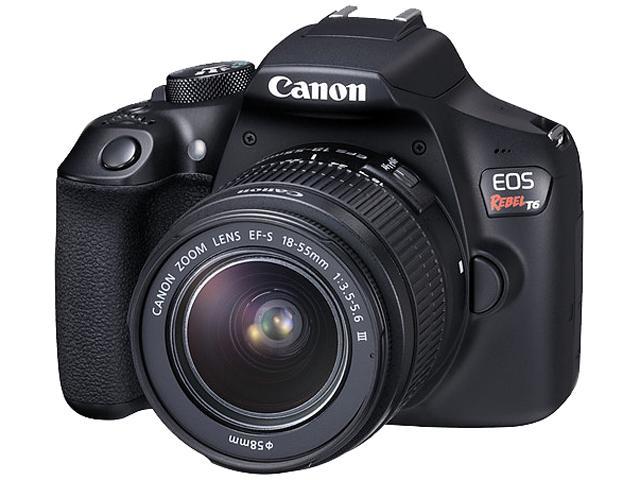
As mentioned above, DSLRs have been the standard for professional cameras since the mid 2000s. They’re a very mature technology, and the currently high end DSLRs are more or less the apex of that technology. They’re the reliable tech, and there are still some benefits to this tech.
DSLR Benefits
- Huge lens libraries. Nikon and Canon in particular have tremendous lens libraries for their respective DSLR camera lines. When you consider the excellent third party support from companies like Sigma, Tamron, Tokina, Zeiss, and more, DSLR users have a plethora of options.
- Battery life. DSLRs stomp mirrorless cameras when it comes to battery life. You’ll get more shots per battery, which means carrying fewer batteries when you go into the field.
- Always-on optical viewfinder. If you want to frame a shot on a mirrorless camera, you have to turn it on. If you want to check your composition with a DSLR, just put it up to your eye.
- Fast activation. Turning on your DSLR is still a bit faster than most mirrorless cameras. This might not be a big deal for some users, but sometimes losing that split second between off and on might mean missing a shot.
- Form factor. DSLRs are heavier and bulkier than their mirrorless cousins, but for some shooters, that’s a bonus and not a drawback. DSLRs have wonderful grips. I have medium sized hands, but my pinky hangs off of the grip of smaller Sony cameras, and I really hate that.
On the flip side, the entire prosumer / professional market is moving away from the DSLR. Canon and Nikon were the last big names to move into this mirrorless technology, and when they did, they announced two new lens mounts, and new lenses to go with them.
Mirrorless cameras
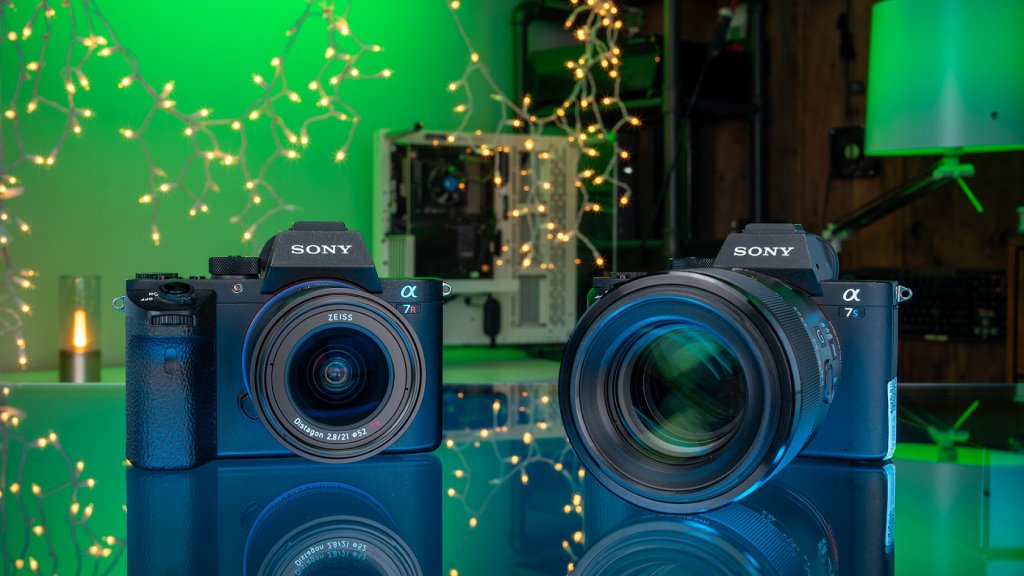
Mirrorless cameras are the new hotness. When they were introduced, mirrorless camera performance wasn’t good enough for professional usage, but those days are in the past. Every major manufacturer now has their own line of mirrorless cameras, and the market is migrating this way, for good reason.
Mirrorless camera benefits
- Size and weight. Mirrorless cameras don’t need their DSLR cousins’ moving mirror and pentaprism, which reduces their weight and size. However, be aware that large lenses can offset this advantage.
- No moving mirror. DSLRs that get heavy usage will eventually break their moving mirror, necessitating an expensive (usually a few hundred dollars) professional repair. Since mirrorless cameras lack a moving mirror, they don’t have that problem.
- What you see is what you get. Mirrorless cameras can be setup such that what you see through your viewfinder or on your camera’s rear screen is exactly the photo you’re going to take.
- Autofocus features. Mirrorless cameras offer features like eye autofocus that can be very useful.
Camera Buying Guidelines
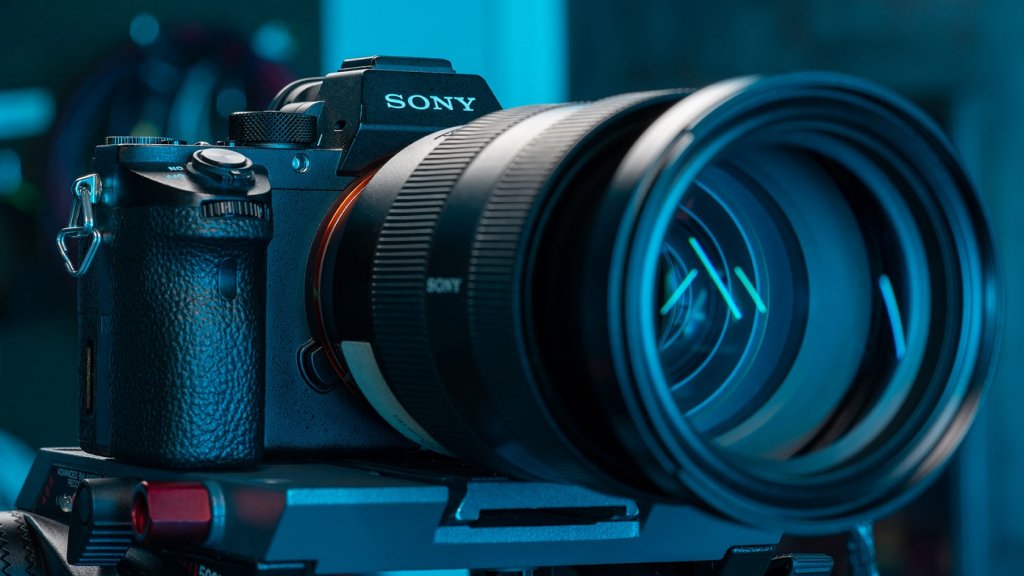
Date your bodies, marry your lenses. Every few years, camera companies release new camera bodies with a few new features, a better sensor, and more megapixels. The older bodies lose resale value rapidly. Lenses often retain more value, and help create better images. If you have a choice to spend more on bodies or lenses, the smart choice is almost always lenses. They’re updated far less often, and a good lens will take you further than a decent body.
Buying into a lens system will keep you in that system for a long time. Lenses are often your largest investment. Currently I have over $5000 worth of lenses in my house, and that’s a pittance compared to other shooters. Most of these lenses are mission critical to the work that I do, and if I bought into a new camera system, I’d have to rebuy the same lenses, which is a huge financial outlay. There are adapters that allow you to use lenses from one system with different bodies, but autofocus is often much slower and more inaccurate. Changing camera systems is really expensive.
Forget that kit lens. Many cameras, particularly more affordable prosumer models, come with a lens, colloquially known as a kit lens. While you can learn a great deal using a kit lens, one of the last things you learn is that they aren’t very good. Unlike other, better lenses, they don’t retain much value. When I started shooting five years ago, my Canon 60D came with a Canon 18-200mm f/3.5-5.6 variable aperture zoom lens. While it was a great lens to learn on, it retailed for $700 and sold for a mere $200 when I decided to move on.
Software is half the battle. Post-production is the second half of the photography equation, and perhaps the more important part. Photographers on a budget can try free options like GIMP, or if your pockets are a little deeper you can check out paid programs like the Adobe Creative Cloud, Capture One, On1, or Luminar.
The most important piece of gear is you. A great camera is a wonderful thing to have, but the most important element of your photography is you – your eye, your brain, and your heart. If you’re having trouble with composition, shaping light, or communicating with your subject, a new camera won’t fix that problem. I’d rather see a portrait shot by Cindy Sherman on an iPhone than a photo shot by an amateur on a digital medium format Hasselblad (a camera worth more than my car).
Camera Packages
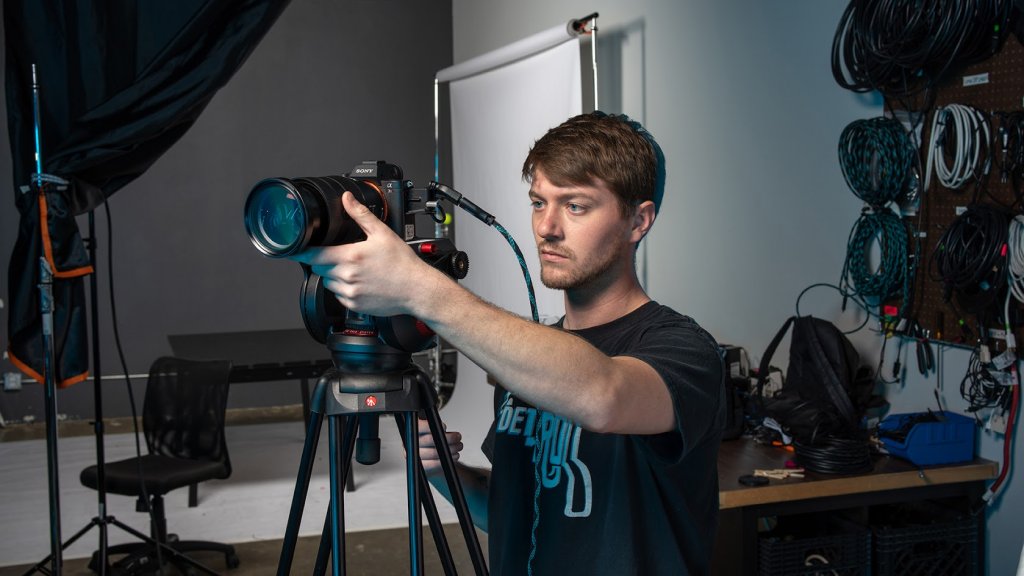
Crop Sensor Budget Shooter
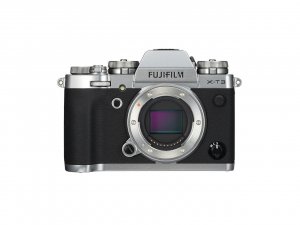
Why you want it: Fujifilm’s latest crop sensor camera offers a 26 megapixel sensor, very good video features, and good autofocus. It’s a terrific all-around camera and has a decent lens library. I love that this camera has direct, physical dials for shutter speed, ISO, and exposure value, and their lenses come with built-in aperture dials, letting you change settings rapidly.
Why you might not: Fujifilm has no full frame sensor camera, leaving you with no real upgrade path. Fujifilm offers an awesome medium format camera, but its crop sensor lenses are not compatible with it.
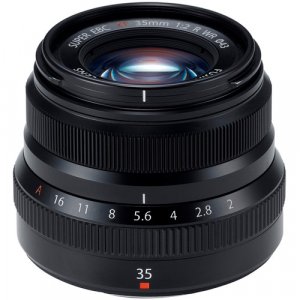
Since the XT-3 is a crop sensor camera, this 35mm lens will give you a roughly 50mm-equivalent field of view. I used to shoot on a crop sensor Canon, and 35mm was one of my favorite focal lengths. Also, at f/2, it’ll be decent in low light, giving you some flexibility. If you’re truly desperate for a zoom lens but don’t want to get stuck with a pure kit lens, I recommend the FujiFilm XF 18-55 f/2.8-4.0. Yes, it has a variable aperture, but it’s better in low light than most kit lenses.
The Full Frame Shooter
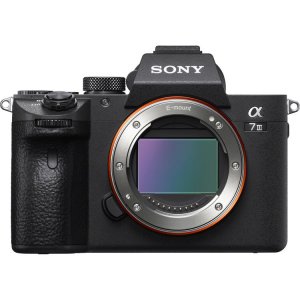
Why you want it: Sony set the bar for mirrorless full frame cameras with the Sony Alpha 7 III. The camera offers a plethora of features for the price point ($2000), including a 25.3 megapixel full frame sensor and the excellent 693 point autofocus system from its big brother, the much more expensive Sony Alpha 9. It also includes five-axis in-body stabilization, which helps you get longer exposures while shooting handheld. It also shoots 4K video at 24 and 30 frames per second.
Why you might not: The grip is extremely small, and folks with large hands might have an issue with it. Their menu system is a bit complicated compared to their competition from Canon and Nikon.
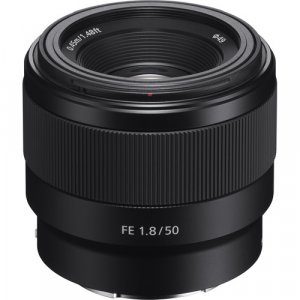
Every company has a “nifty fifty” offering, which is a cheap 50mm lens with a wide f/1.8 aperture, which makes it terrific for low light situations and provides great subject separation (that blurry background / sharp subject effect). Note: the “nifty fifty” is one of the few exceptions to the “don’t bother with cheap lenses” rule; they tend to retain value and create a great image. If your goal is to shoot stills, a 50mm lens is flexible and a great lens to learn on.
The Video Shooter
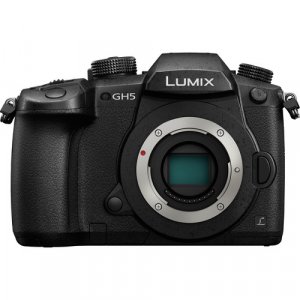
Why you want it: The Panasonic GH5 was a great camera back when it was released in 2016, and subsequent firmware updates have improved its performance, including ALL-I codecs and improved autofocus performance. It was a good deal when it was released for $2000 and it’s an even better deal at $1500. The GH5 has a ton of desirable features for video shooters, and takes great stills as well. It has in-body stabilization as well, which is great for run and gun video shooting, and also helps when hand holding long exposure stills.
Why you might not: The GH5’s contrast-detection autofocus is only okay, and the low light performance isn’t great. (If you need better low light performance and are willing to sacrifice in-body image stabilization, consider the Panasonic GH5S.) Also, Panasonic announced that they will be releasing full-frame S1 and S1R mirrorless cameras in March. Details on the cameras are still spotty, but the S1/R models will include one of the GH5’s best features, which is 4K/60fps video.
Lens: Panasonic 12-35mm f/2.8 II
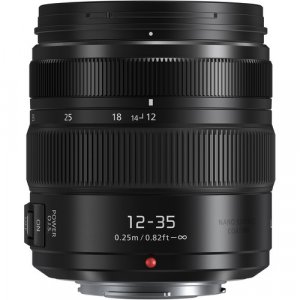
This lens is sharp and performs really well. The GH5 has a micro four thirds sensor, which has a crop factor of 2x, so this lens will function like a traditional 24-70mm lens, which will give you a wide shot at one end, and a short telephoto on the other. Admittedly, this lens is a bit pricey, so if you can’t quite fit it in your budget, consider the Panasonic 25mm f/1.7. On the GH5, this lens will provide a 50mm field of view, which is a solid, standard focal length that’s great to learn on.
DSLR Traditionalist
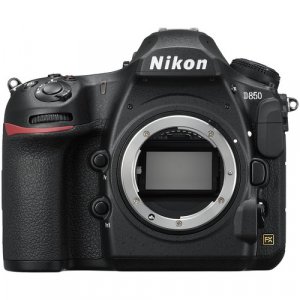
Why you want it: this is the best (and maybe last) professional full frame DSLR that Nikon has ever released. It goes toe to toe with offerings from its competitor, the Canon 5D Mark IV, offering 15 more megapixels for a staggering total of 45.7, which means that you have a ton of latitude in post production for cropping. On top of that the autofocus is great and it includes 4K video recording up to 30fps. Nikon also has a tremendous selection of glass for its F-mount DSLRs from basic manual primes to high end professional zooms and everything in between.
Why you might not: DSLRs are old tech. While both Canon and Nikon promise to continue to develop these systems, experts in the field are unsure how long that will continue. Also, while it outclasses the Canon 5D Mark IV in terms of megapixels, the Canon is sitting at a discounted $2800 right now, versus the D850’s $3200.
Lens: Sigma 24-105 f/4 for Nikon F-mount
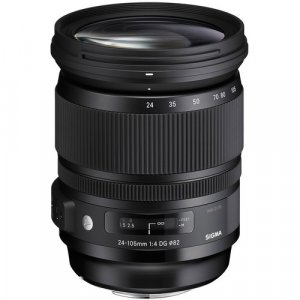
In recent years, Sigma has become known as a manufacturer of very sharp and comparatively affordable lenses. The Sigma 24-105 f/4 will give you a wide range of focal lengths at a decent aperture. It’s not cheap, at $900, but comparable glass from Nikon costs $200 more.
Accessories
And don’t forget SD cards – you can’t shoot without somewhere to save your images! I also suggest that you own at least 2-3 spare batteries, which are different for every camera model. Don’t be afraid of cheaper, third party batteries, but always test them out before bringing them into a professional shooting situation.
Remember, the most important piece of photography equipment is your brain. There are a ton of online resources that can help you with technique, composition, and technical issues. Never stop learning and never stop challenging yourself. Happy shooting!

